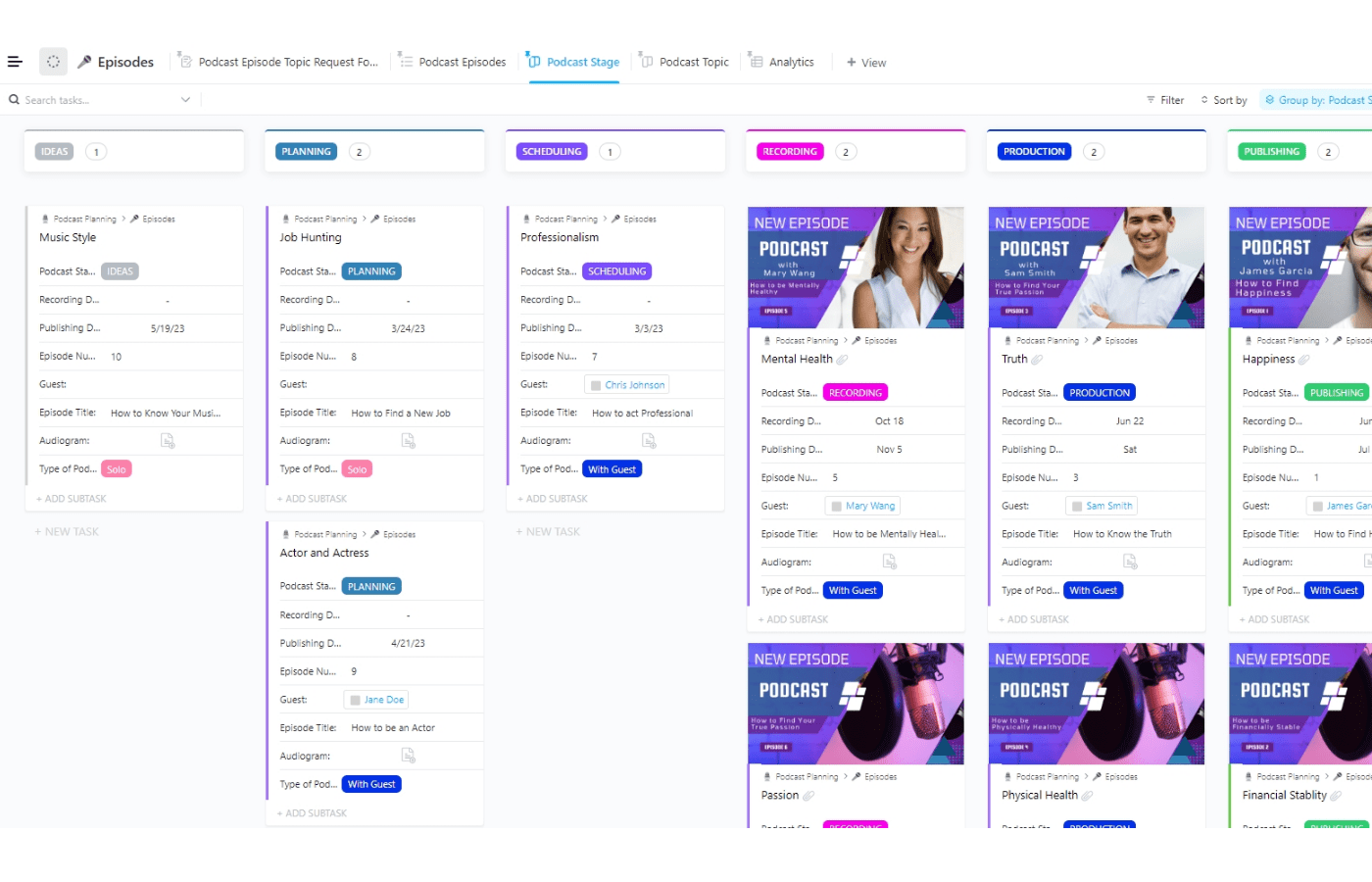
Most companies manage projects one way or another. For some, it is the core of their business, for others it’s a small part of a wider focus. If you are responsible for project management on a big scale – assembling a project management team, grouping projects, building structured work flows, assigning tasks, drawing Gantt charts, then your role is largely focused on resource planning.
You get to oversee everyone and everything and determine the who, what, when, where and how of your projects. The resources you manage include all your projects’ assets – not just people, but equipment, machinery and office space as well. Once you’ve devised a plan, it has to be flexible and optimized on a rolling basis, adjusting resource utilization to ensure that you are working in the smartest way.
Despite this strong focus on resource planning, many businesses don’t invest in specialized resource management tools, but instead use something ineffective that makes their job ten times harder. Sometimes the management or IT department has purchased an expensive and complicated project management platform, which needs to be fed epic amounts of data every day. More commonly, the team is plodding along, diligently using Excel spreadsheets for scheduling. Most people who use spreadsheets in their daily work have a love/hate relationship with them.
While they are handy for many tasks in everyday business management, they fall short in planning and scheduling resources for many reasons. While spreadsheets allow you to list out all your team names, their departments, the jobs that they are undertaking and more, it is not the cleverest way of tracking your resources and making sure you’re running a tight ship. The main bugbear related to Excel is its failure as a transparent, flexible collaborative tool.
Top 4 Reasons against Excel for Planning
Sharing spreadsheets by email, and inviting members of the team to input elements, can make it hard to keep track of the latest version. It also requires great meticulousness to track changes in the plan and find incorrect formulas and overwritten data. There are many opportunities for human error. Here are four of the best reasons Excel isn’t ideal as a resource planning tool:
1. Functionality
With spreadsheets, it takes a lot of time to physically create settings, replicate data and determine resource utilization time. When plans change, it takes multiple steps to create new space for tasks cells.
2. Team work
It’s difficult to synchronize entries by multiple people into the same spreadsheet. Having emailed it to the team, everyone is oblivious to who is making what changes. This makes extra work for someone to sort out incompatible revisions.
3. Accessibility
To access a spreadsheet, first you need to have the program software installed on your machine. If that’s in place, there are further issues such as clunky sharing options by email or USB-transfer. If you want to access ‘the plan’ from your smartphone, you will find the screen small for viewing and editing.
4. Reporting
Depending on the software, most spreadsheets can be exported to multiple formats. Unlike some specialized resource planning software options, however, only entire documents can be exported, rather than selected fields. Ultimately, project management resource planning is most effective when you use a tool specifically designed for the job. No combination of overly complex project management programs, spreadsheets, whiteboards, and post-it notes will bring as good results in terms of optimizing resources, and meeting deadlines and budgets. However, when you set your sights on buying purpose-built resource planning software, it can be daunting how many hundreds of options are out there.
To choose the right software for you, I’d suggest doing thorough research. Compare features to see which one ticks the most boxes and ideally get a free, no obligation trial. High-level resource planning software should give you the ability to decide the best use of everyone and everything at all times. Some of the features our customers consider to be ‘no brainers’ are: real-time updates, drag-and-drop scheduling, data visualization and reporting, custom views and color schemes, task milestones and dependencies, resource utilization tracking and Google calendar synchronization. Sadly, projects often fail – and bad planning is frequently at the heart of their breakdown. Poor leadership, communication and teamwork are among the reasons that plans don’t achieve their goals. To avoid project failure, it’s necessary to look at the root cause of all these issues. In some cases, it could boil down to using the wrong tools for resource planning, which has triggered a costly domino effect.
Top 10 Project Management Software to Replace Your Excel Spreadsheets
Looking for a PM solution to improve your project resource planning capabilities? Check out our top picks and get started with a free trial.





